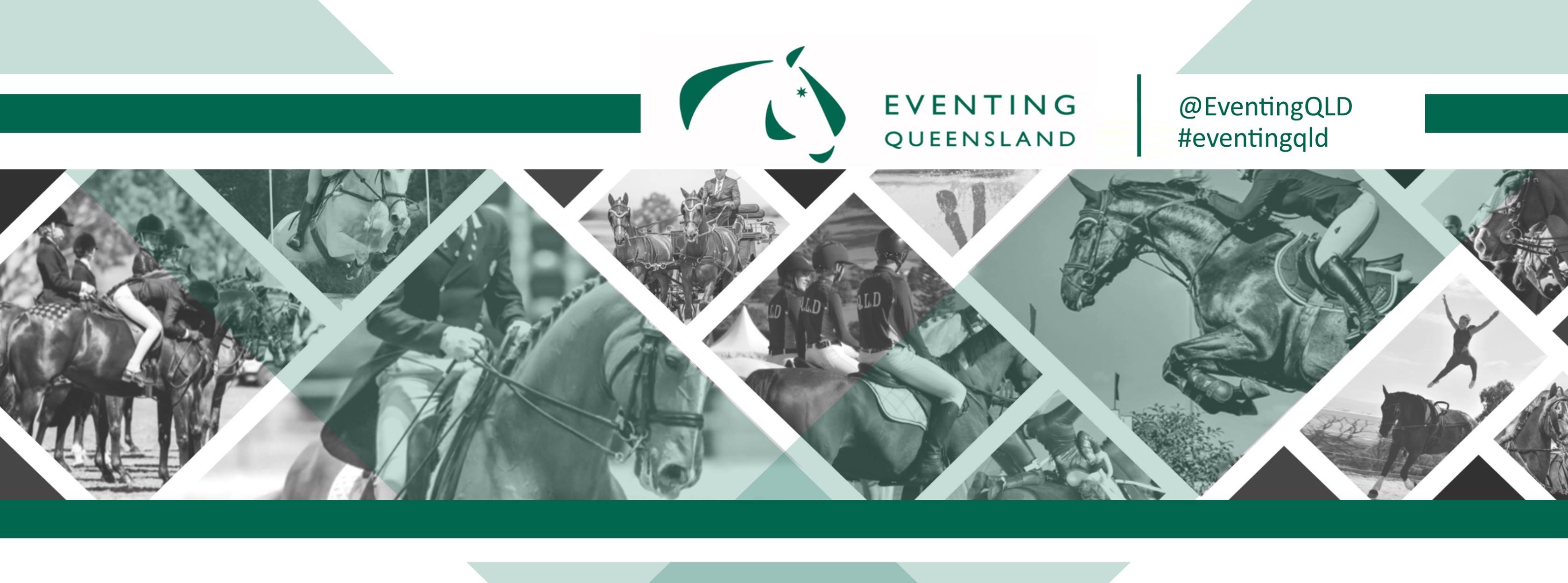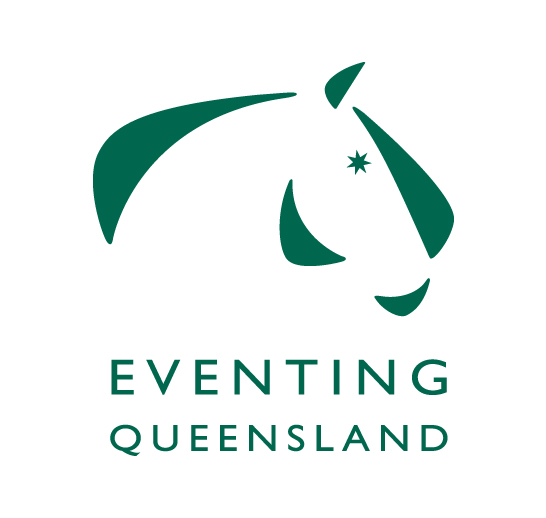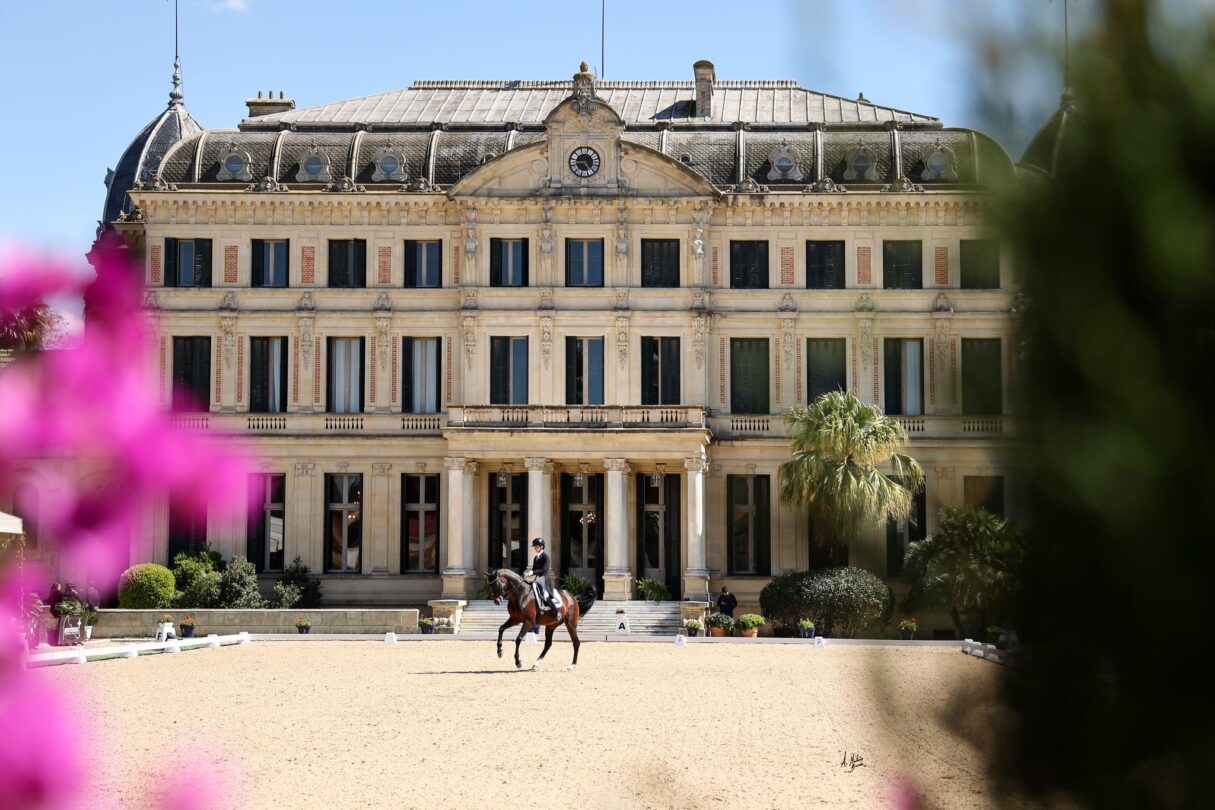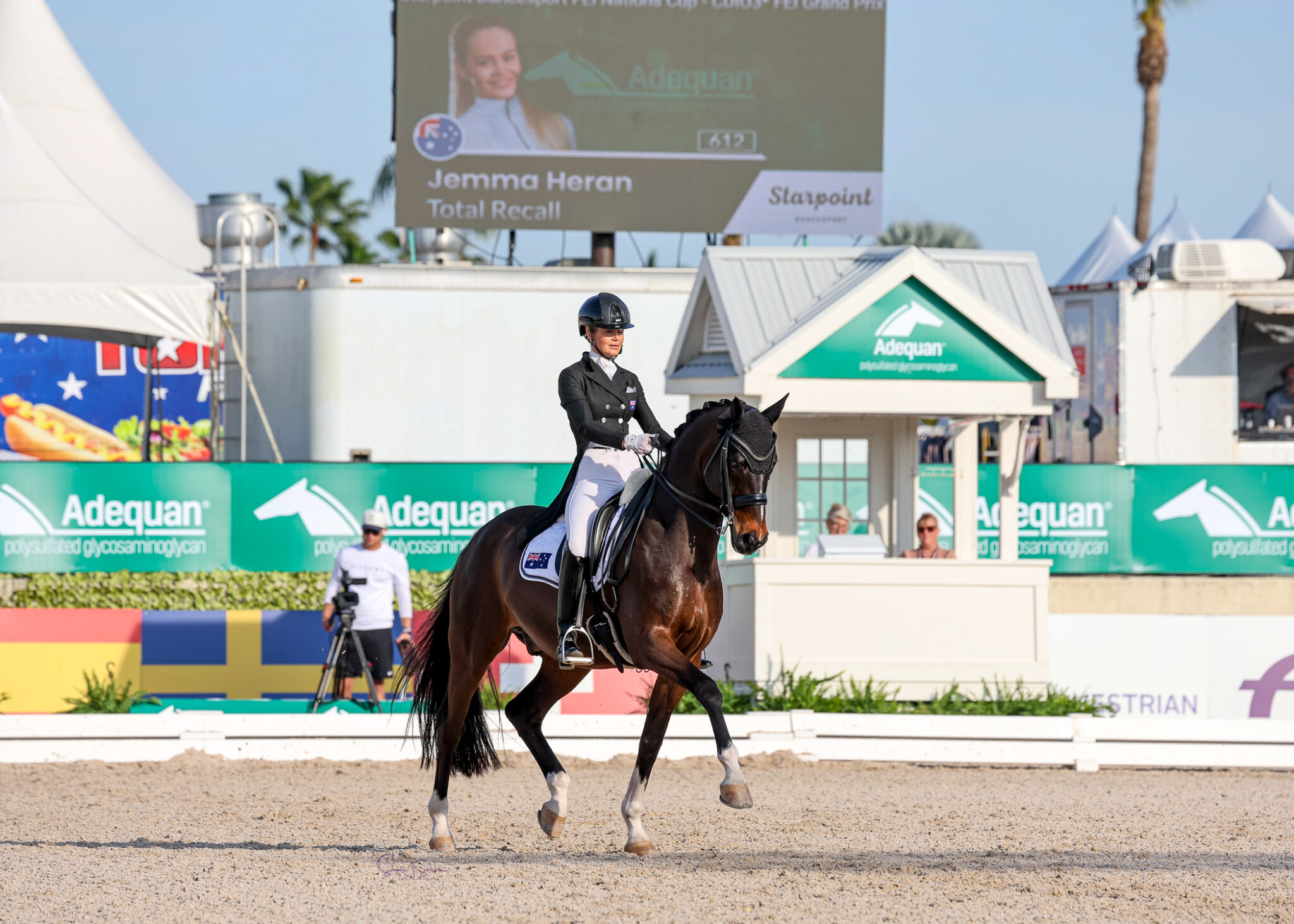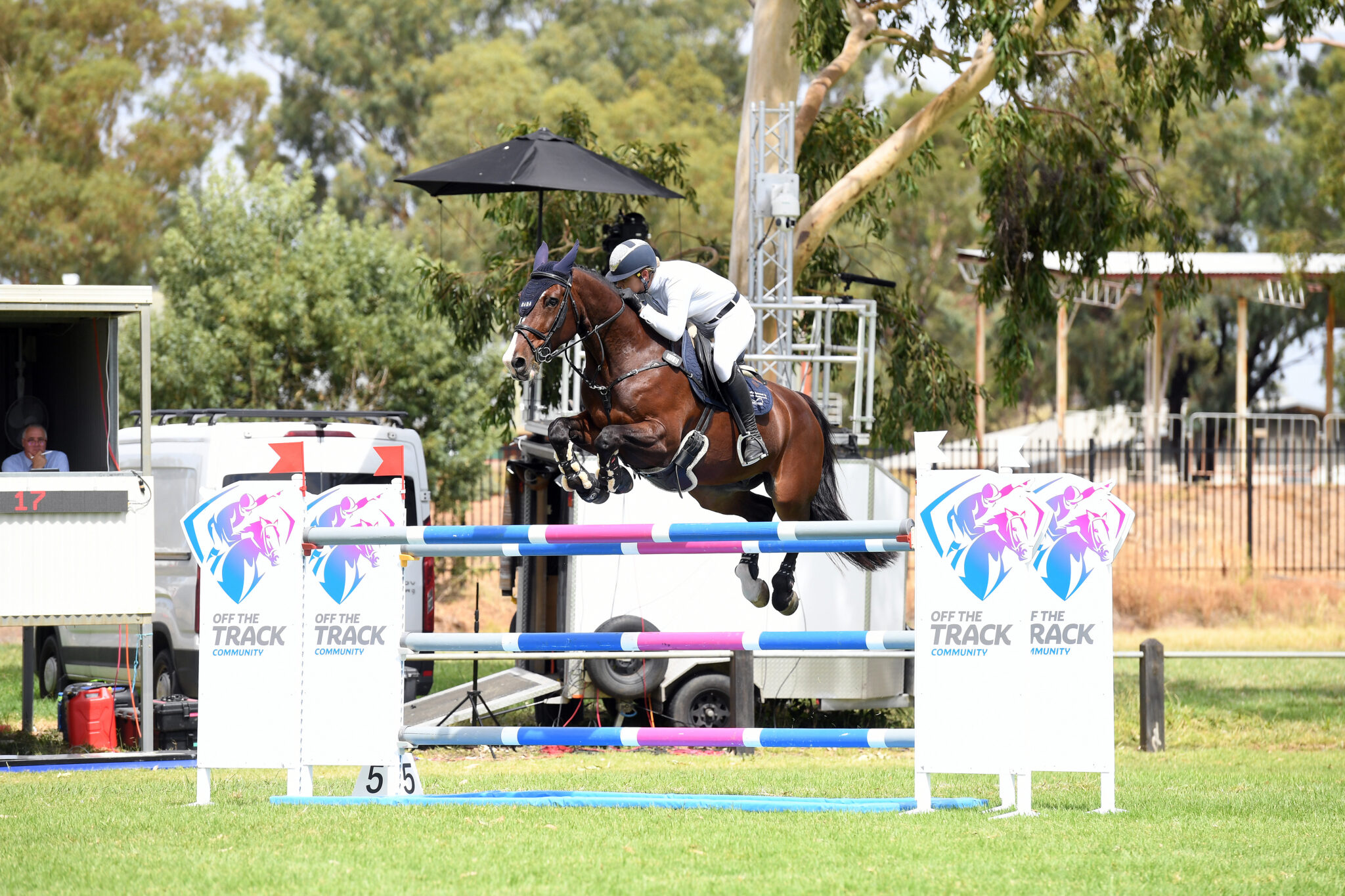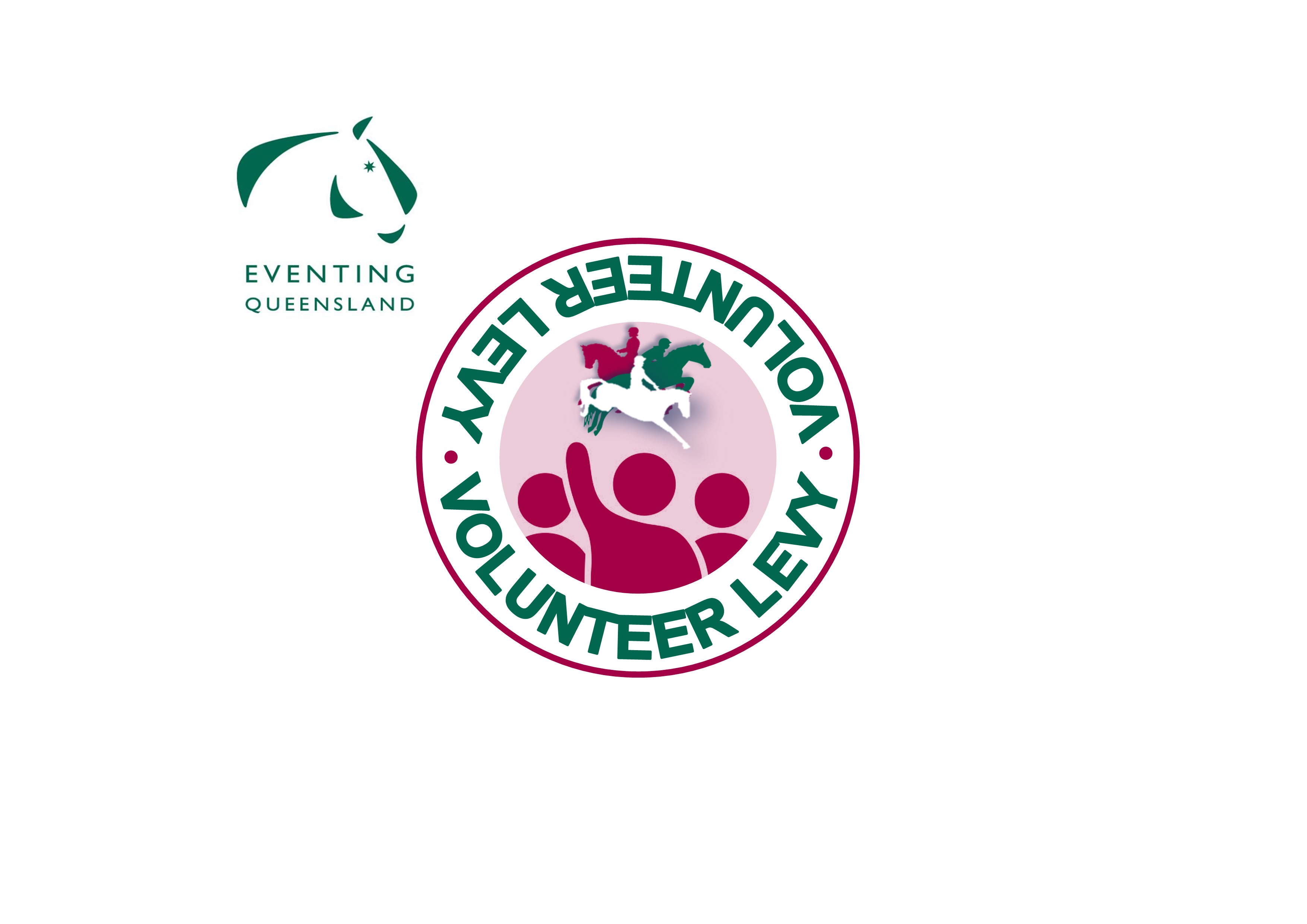Eventing is an Equestrian event which comprises dressage, cross-country and show jumping. It has two main formats, the one day event (ODE) and the three-day event (3DE).
Dressage
The dressage phase (held first) comprises an exact sequence of movements ridden in an enclosed arena (20x60m).The test is judged by one or more judges who are looking for balance, rhythm and suppleness and most importantly, obedience of the horse and its harmony with the rider. The challenge is to demonstrate that a supremely fit horse, capable of completing the cross-country phase on time, also has the training to perform in a graceful, relaxed and precise manner.
Each movement in the test is scored on a scale from 0 to 10, with a score of "10" being the highest possible mark and with the total maximum score for the test varying depending on the level of competition and the number of movements. The good marks are added together and any errors of course deducted - to convert this score to penalty points the average marks of all judges is converted to a percentage of the maximum possible score, multiplied by a co-efficient decided by the governing body then subtracted from 100.
Cross-country
The next phase, cross-country, requires both horse and rider to be in excellent physical shape and to be brave and trusting of each other. This phase consists of approximately 12-20 fixed jumps (lower levels), 30-40 at the higher levels, placed on a long outdoor course. These fences consist of solidly built natural objects (logs, stone walls, etc.) as well as various obstacles such as water, ditches, drops and banks, and combinations including several jumping efforts based on objects that would commonly occur in the countryside. Safety regulations mean that many jumps have a frangible pin system, allowing part or all of the jump to collapse if hit with enough impact. Speed is a factor, with the rider required to cross the finish line within a certain time frame (optimum time). Crossing the finish line after the optimum time results in penalties for each second over. At lower levels, there is a penalty for riding too fast - incurring penalties for horse and rider pairs completing the course too quickly. Penalties are also incurred if the horse refuses to jump a fence or has a run out. Should the horse or rider fall there is automatic elimination. Fitness is required as the time allowed will require a strong canter at the lower levels, all the way to a strong gallop at the higher events.
At a ODE (Horse trials) Dressage is always held first but the cross-country and show jumping may be held in any order. At a Three-Day Event the order is always Dressage on Day1, Cross-country on Day 2 and Show Jumping on Day 3.
Show jumping
Show jumping tests the technical jumping skills of the horse and rider, including suppleness, obedience, fitness and athleticism. In this phase, 12-20 fences are set up in an arena. These fences are typically brightly coloured and consist of elements that can be knocked down, unlike cross-country obstacles. This phase is also timed, with penalties being given for every second over the required time. In addition to normal jumping skills, Eventing show jumping tests the fitness and stamina of the horse and rider, generally being held after the cross-country phase in higher level and international events.
The winner is the horse and rider with the fewest penalties.
Eventing Rules and Regulations
Club Search will help you find the Eventing Queensland club nearest you.

